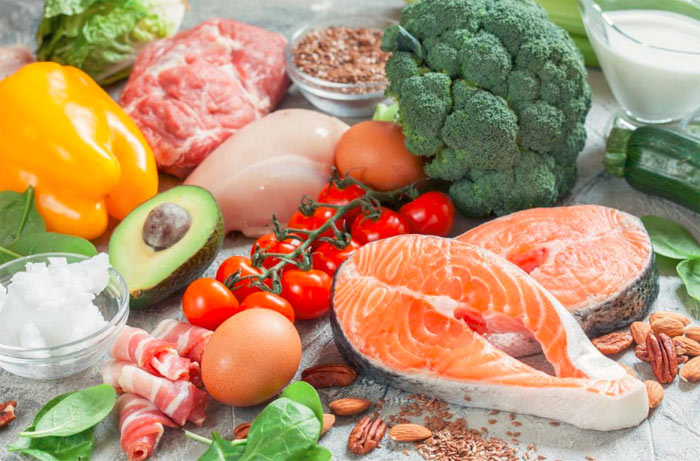While some doubt the dangers of gluten, others are trying to survive by eliminating it from the diet. Those who have gluten intolerance, spend days exploring thematic sites and looking for gluten-free products on store shelves.

Scientists have not yet reached an unambiguous conclusion on this matter. There are no detailed studies or reliable statistics on the topic of individual or latent gluten intolerance.
For some, gluten causes perforation and bleeding of the intestines with subsequent disability, while for others it can only provoke fermentation and gas formation.
Various troubles are also possible in the form of lethargy and discomfort in the joints. These symptoms are a reason to be tested for gluten intolerance. If the results turn out to be positive, it is necessary to change the habitual diet by eliminating gluten from it completely.
What you can’t eat
To prevent gluten from getting into the body, you need to clearly understand which foods you should stay away from. Manufacturers often add gluten to reduce production costs wherever possible, which is why it is found in seemingly unexpected products. Which ones?
Sausages. These include frankfurter sausages, boiled, smoked and semi-smoked sausages, small sausages, ham, jelly, jellied meat, pates. Gluten is added due to its sticky properties, which give the product its shape and beautiful appearance.
Frozen pre-prepared products with dough. Dough is usually made from wheat or rye flour, and gluten helps keep the meat filling from falling apart.
Bakery products. This includes pasta, bread, pies, rolls, donuts, breadsticks made from wheat, rye and barley flour.
Sauces: tomato paste, ketchup, and mayonnaise. To give them viscosity, starch is added, which contains vegetable protein.
Confectionery. These are biscuits, cakes, pastries, chocolate, sweets, cookies, gingerbread, waffles, jam, caramel, and muffins. Each product contains either wheat or rye flour, or starch.

Beer drinks. Beer or ale is brewed with the addition of barley.
Milk products. Factory-made yogurts and ice cream. Everything that is produced industrially.
Processed and pre-prepared meat products, store mince and canned food. The preservative is present in these products in maximum quantities.
With such large-scale use of gluten in the food industry, the question arises – how can people with intolerance to this substance escape starving to death? Nutritionists are confident that the salvation of those suffering from gluten intolerance lies in natural healthy eating and the purchase of products labeled gluten-free.
What to eat on a gluten-free diet?
Vegetables (cucumbers, tomatoes, peppers, zucchini, pumpkin, eggplants, radishes, all types of cabbage, artichokes), legumes (peas, beans), root vegetables (beets, carrots, turnips, potatoes), and greens.
Fresh natural meat is prepared in any way. It is safer to buy it from farmers.
Milk and fermented milk products. It includes sour cream, kefir, cottage cheese, cheese, and butter. Yogurt may also be free of it if made at home.
Fresh poultry and fish. Of course, if they are not purchased frozen or vacuum-packed.

All fruits are without exception.
Vegetable oil – sunflower, corn, soybean, olive.
Eggs.
Nuts and sunflower seeds.
Corn, buckwheat, rice, and, accordingly, flour and products from these cereals. Everything that can be prepared from them. Buckwheat is a source of carbohydrates and the largest amount of protein among cereals, as well as iron and B vitamins. In addition to cereals, you can use buckwheat flour and pastries from it. Rice contains more carbohydrates and less protein.










